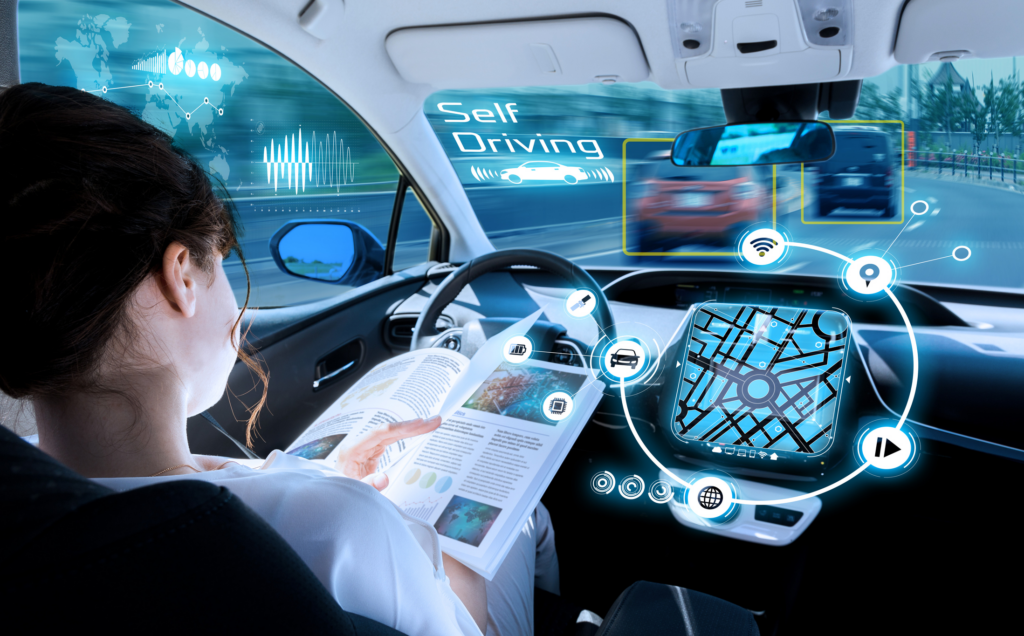IHS Markit expects the automotive display supplier market to expand from $11.6 billion in 2017 to $21 billion by 2022. Larger displays and better user experiences in automotive entertainment systems are driving this rise.
Even while the automotive cockpit is evolving, this is not simply about OLED screens and HUDs. We examined Jeep and Mercedes-Benz advancements.
The Wall Street Journal reported that manufacturers are failing to profit from electric cars (EVs) due to pricey batteries and a lack of scale. Car firms are turning to digital income and subscription services to boost profit margins.
Music, entertainment, navigation, and in-car extras like heated seats, horsepower, and handling are available. Once autonomous driving becomes ubiquitous, subscriptions should be profitable.

Digital services generate 5% of automobile revenues. As this percentage rises, the competition for dominance over the automobile dashboard is predicted to escalate, with more automakers perhaps reducing their smartphone platform dependence.
- 2030 market value: $1.5 trillion
- GM expects $20–25 billion from software-enabled services by 2030.
- Stellantis: $22.5 billion by 2030.
- Accenture predicts 40% of global automotive revenues will come from digital services by 2040.
GM Goes Android-Proprietary
Automakers selling straight through the dashboard must compete with Apple CarPlay and Android Auto. These two platforms have given a recognizable and user-friendly interface for automotive entertainment systems for years.
As car dashboard screens get bigger and digital companies go deeper into vehicle functioning, manufacturers struggle to regulate their own monetization initiatives.
Apple expects CarPlay to take over the dashboard, including the instrument cluster, and access automakers’ monetized features. Tech companies may hinder conventional automakers’ efforts to build direct consumer ties and provide services through the dashboard.
In response to this rivalry, General Motors (GM) has chosen to cease supporting Android Auto and Apple CarPlay on future EV vehicles and build its own infotainment system, which several consumers on social media criticized.
At the end of March 2023, GM informed the press that its new proprietary infotainment system will debut in select EV models released this year and spread to future EVs. The 2024 Chevrolet Blazer EV, Equinox EV, Cadillac Celestiq, and Sierra EV were affected.

The 2024 GMC Hummer EV Truck and SUV, Cadillac Lyriq, Chevrolet Silverado EV, and Bolt EV and EUV maintain Apple CarPlay and Android Auto. This ruling does not impact ICE automobiles.
Monetizing Car Eyeballs
GM’s plans can’t be predicted. More and more fundamental items are being sold as platforms for subscription and add-on sales. If all goes well, the automotive display will be one. That doesn’t seem good, but display companies will have a lot of extra real estate in-car interiors to monetize every eyeball.
Projections are big. Creepy concepts. Dubious commercial practices. The dashboards and in-car infotainment systems will be gorgeous.
